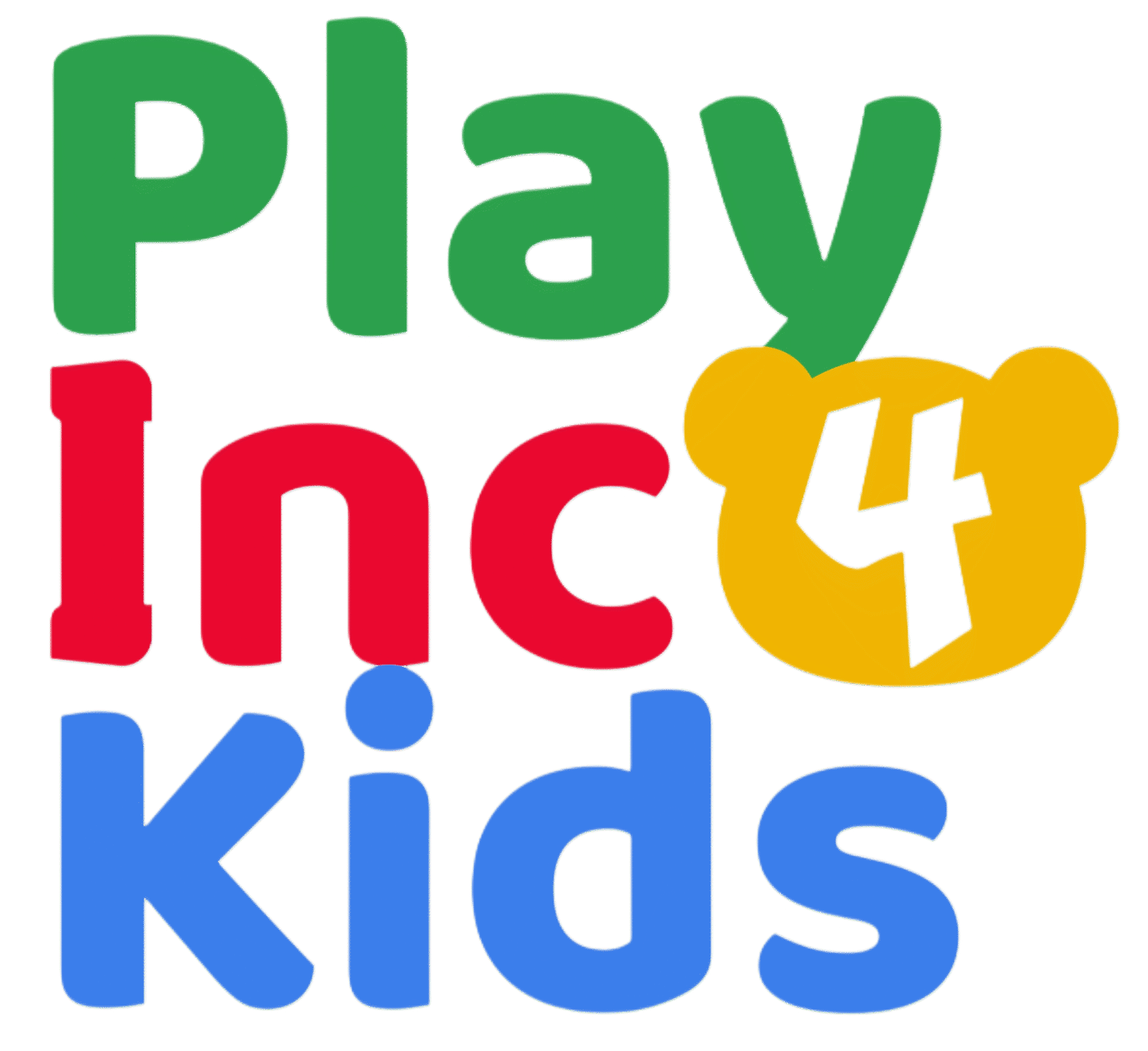HLA
UCEC – INCLUSIVE SWIMMING
- Brief description
- Context and needs
- Activities and rules
- Location, environment and equipment
- Method
- Side Activities
- Target
- Impact
Swimming allows the interaction of athletes with disabilities (physical and mental) and athletes without disabilities. Learning to swim is important for all children. The activity serves to work a sport that is individual in a group.
Swimming is very important for the physical development of children and young people. Swimming allows the interaction of all participants without distinction. It creates group bonds and helps to socialize athletes.
In addition, an inclusive space is created within swimming that currently does not exist. There are no swimming teams where people with disabilities have their place and their sports space. For this reason, we offer a sport that may seem individual but is also collective.
We want to develop the activities in an aquatic environment. There are currently no inclusive activities in municipal swimming pools or swimming teams. We propose different activities that must be developed within a pool. The activity focuses on three phases:
- 1 Initiation and learning in a water environment: Athletes learn the basics of swimming.
- 2 Jump to the competition pool: After three sessions, athletes learn to jump, swim and properly perform the exercises in the competition pool.
- 3 Control and evaluation of concepts: The activities developed in phase2 are analyzed and evaluated.
The first phase should be developed in a children’s pool where coaches can teach the activities and maintain control of the athletes. The next two phases must be developed in a competition pool so that athletes lose their fear, feel safe and can develop their skills. Importantly, there should be 4 or 5 coaches per session.
Swimming meets the needs of Playinc in harmonious growth of the technical-motorial-emotional-cognitive skills of athletes. People with disabilities tend to have social and physical problems (overweight). For this reason it is important to offer and cover this need.
We want to develop group and individual activities for the inclusive team of swimmers. The activities are learned with many repetitions and always with a control of the coaches.
The activities are:
- Basic learning of the elements and movements of swimming:
The coaches show the basic movements that must be performed in order to develop swimming and avoid injuries: movement of feet, arms, etc.
RULES: This activity must be developed in several sessions and controlling that the movements are made.
- Varied games:
Athletes play in groups of 4 in the paddling pool to exercise their motor skills. Use materials such as rings, irons, glasses, etc. It is important that the groups play and every 10 min change their activity.
RULES: In each game there must be a coach to control the groups.
The activity should be developed where there is a small pool and a competition pool.
For secondary activities nothing else is required because they take place in the same place. The environment should be calm because athletes can hear and understand all the comments of the coaches.
To work all the activities only the aquatic material of shovels, rings and plates is required.
The activities:
- Basic learning of the elements and movements of swimming:
It does not require any material. Just plan the movements they need to learn in each session. Breaststroke, crol, feet, etc.
- Varied games:
The play material is varied. Rings, shovels and plates so that athletes can perform motor games
The activity is designed to make accessible to all athletes the importance of knowing swimming and its advantages. A small pool and a competition pool are needed to develop the activities. It is important that coaches are clear about the rules of each exercise.
The evolution of the athletes can only be understood if there is a control by the four coaches. For their part, they must manage the teams and motivate them for activities.
The work methodology must be inclusive following the bases of Playinc cohesive the team working on inclusion by selecting by heterogeneity and not by capacity. For this reason, you must work following the three phases:
- 1 Initiation and learning in a water environment: Athletes learn the basics of swimming.
- 2 Jump to the competition pool: After three sessions, athletes learn to jump, swim and properly perform the exercises in the competition pool.
- 3 Control and evaluation of concepts: The activities developed in phase2 are analyzed and evaluated.
From the methodology, the skills and potentialities of all athletes can be improved. Each player will learn and develop the skills at a different pace.
- The exercises are designed to be accessible to all players on the team.
For example: Learning to swim is done equally without any distinction. This fact makes everyone feel part of the group.
- Water games allow them to improve their motor skills, companionship and learning to swim.
For example: The games of throwing rings at the bottom of the pool helps them gain confidence in the sport.
Secondary activities allow players to unite and create bonds beyond sport.
- PREPARE THE MATERIAL
Before each session a group of athletes met to prepare the material of all the companions. This creates a sense of responsibility and group cohesion.
RULES:It is important that everyone attends 15 min before each workout.
- FAMILY SWIMMING
One training per month the parents will train together with the athletes for 1 hour.
RULE: Athletes will teach what they have learned to their parents and together they will share the training exercises.
The activity is aimed at athletes from the age of 10. It is important that the teams are made up of 20 athletes. For this reason the coaches will be 4 in each of the sessions to be able to control and evaluate all the players.
It is essential that people with disabilities who are part of inclusive swimming are people without any physical problems.
The activities proposed above have a very important added value. In Catalonia there are no inclusive swimming teams for people with disabilities. This sports space is not covered and there are many people who want to practice it. For this reason, the added value is not only the sports improvement but the social improvement of the swimming teams inclusiovs.
Players improve their motor skills in an aquatic and different environment. Families are informed of the importance of swimming and the improvement of their sons and daughters.
PlayInc Key Aspects
Inclusive swimming links players with coaches and families. This activity allows families to share the sport with their sons and daughters. It covers a sports space that for families is very important. The methodology works with actions to develop motor and technical skills.
Contact the organisation
Contact

Name: Unio De Consells Esportius De Catalunya (UCEC)
Website: www.ucec.cat
Facebook: Consells Esportius de Catalunya
Youtube: Consells Esportius de Catalunya
Twitter: Consells Esportius
E-Mail: international@ucec.cat
